#White Snakeroot
Explore tagged Tumblr posts
Text



Early autumn chaos in the garden.
#but the morning glory vine never bloomed just became giant#pennsylvania#flowers#garden#japanese anemone#asters#white snakeroot#goldenrod#september
357 notes
·
View notes
Text


First year snakeroot flowering
#landscape#landscape photography#nature#nature photography#naturecore#flowers#wildflowers#garden#photography#snakeroot#white snakeroot#ageratina#ageratina altissima#fall#autumn#october#kentucky
18 notes
·
View notes
Text
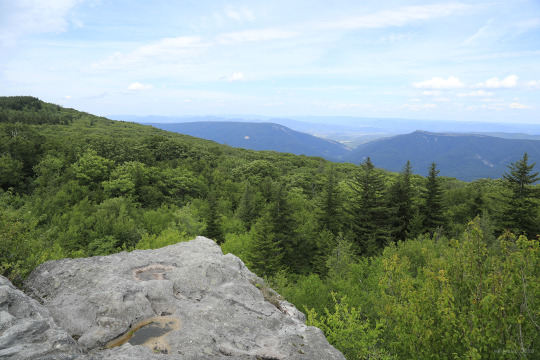
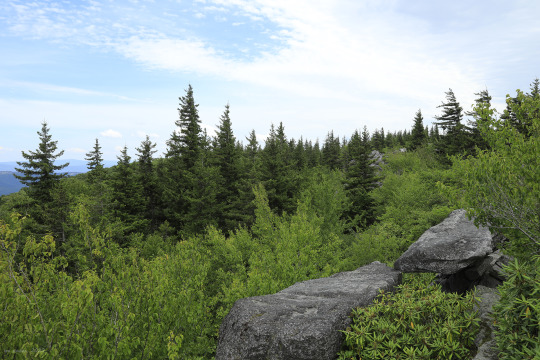
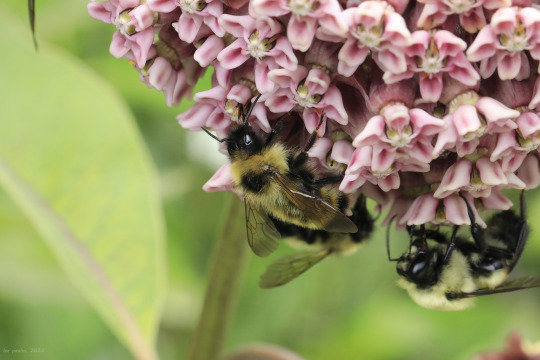


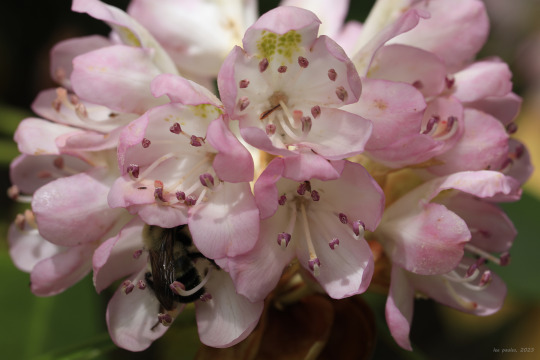

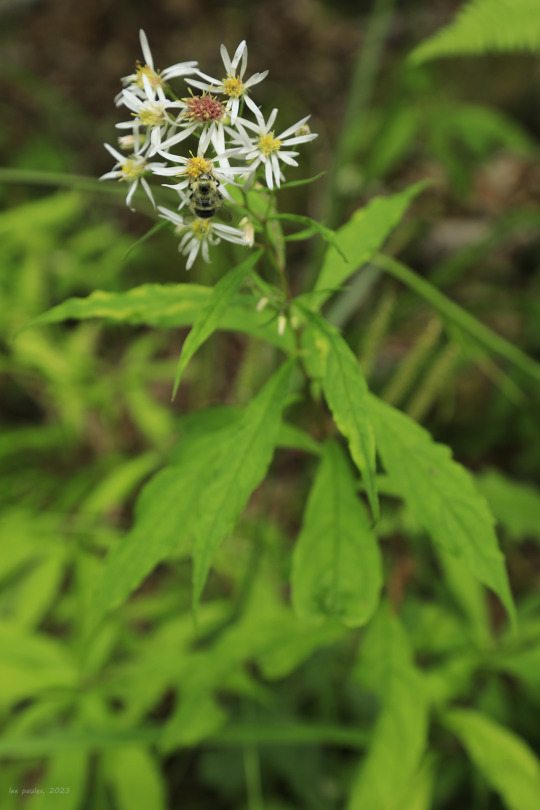
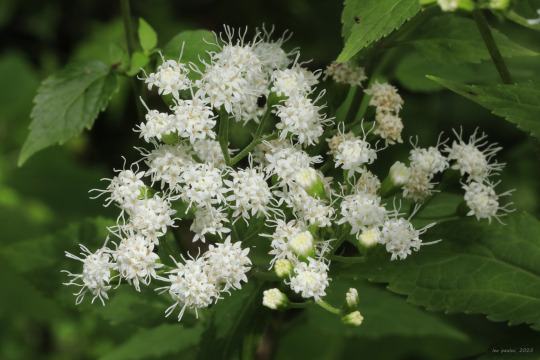


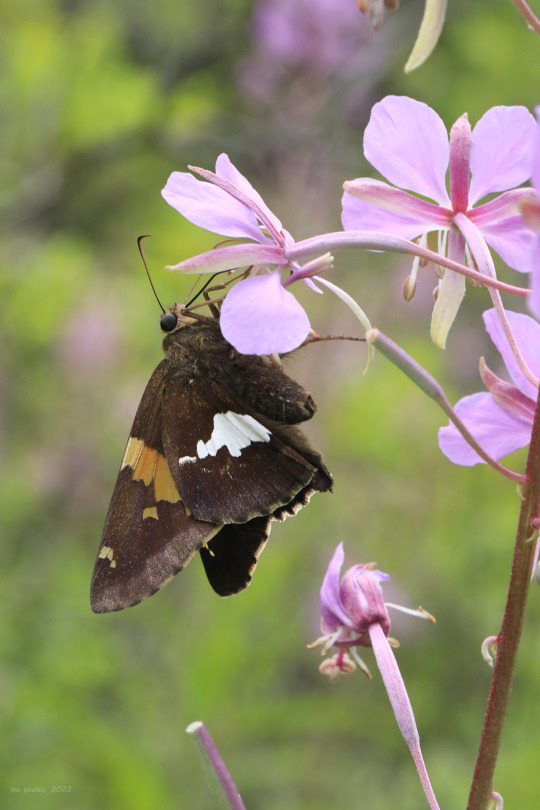

Hazy mid-summer day on the Sods, Part 2.
The planet's fantastic life energy reaches its peak in mid to late summer as the sun's precious light shrinks by the day and every living thing senses its time is running out. On the Plains of Dolly Sods, where the growing season is already compressed by the high elevation, plants compete for the swirling, buzzing masses of insects with their gaudy blooms and produce successive waves of berries to seed new generations. The drone of the insects carrying out their instinctive missions of renewal is constantly in your head as they dive and dart and skirt around you. You barely register as a distraction against the great drama playing out here - one whose stakes are survival, regeneration, salvation. I feel so privileged to have connected with this life force in the most intimate way, even for the few short years of my mayfly existence. I will die a happy man for having immersed myself in its lovely, purposeful chaos and becoming part of something much greater than myself.
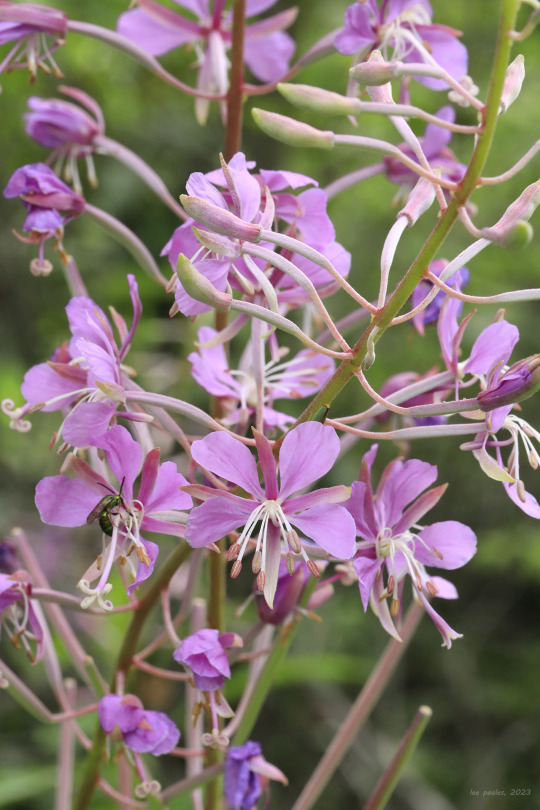
#appalachia#vandalia#west virginia#wildflowers#flora#summer#allegheny mountains#monongahela national forest#dolly sods#common milkweed#great spangled fritillary#silver spotted skipper#great rhododendron#rosebay rhododendron#whorled aster#white snakeroot#black and yellow lichen moth#arabesque orb weaver#fireweed#mountain holly#catberry holly#spider#butterfly#moth#lepidoptera#bumblebee
74 notes
·
View notes
Text
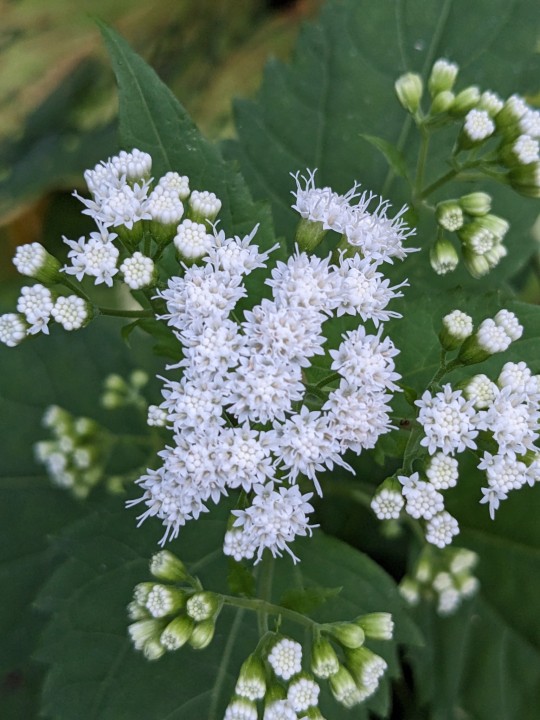
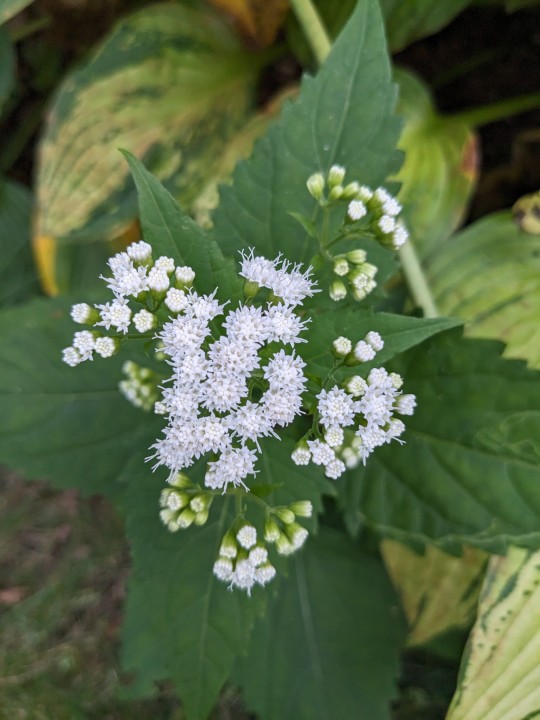

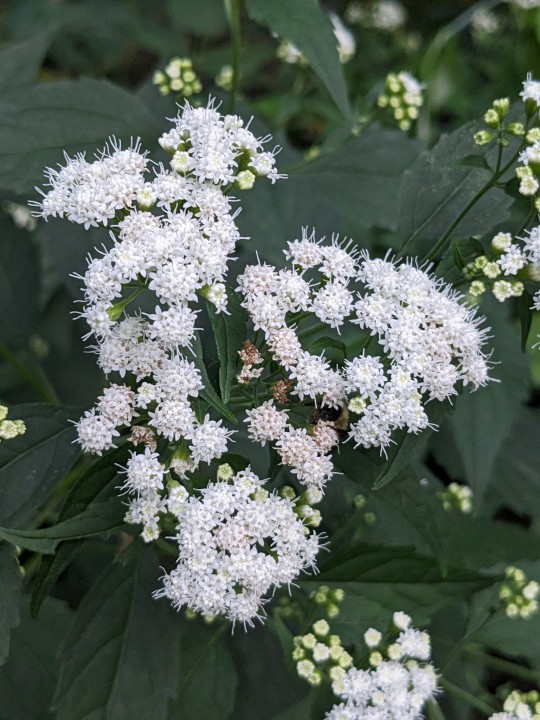
#white flowers#plant photography#plant blog#plants#flowers#garden#dads garden#plant#nature#snakeroot#white snakeroot#massachusetts
17 notes
·
View notes
Text
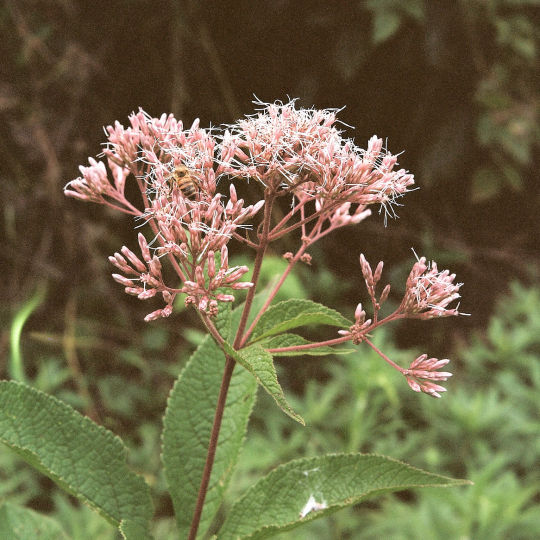
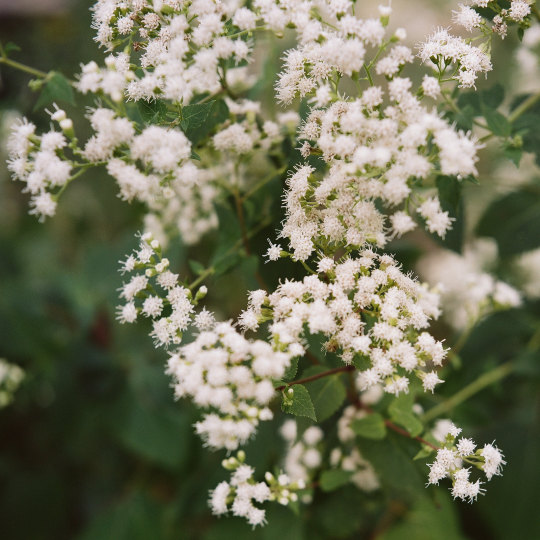
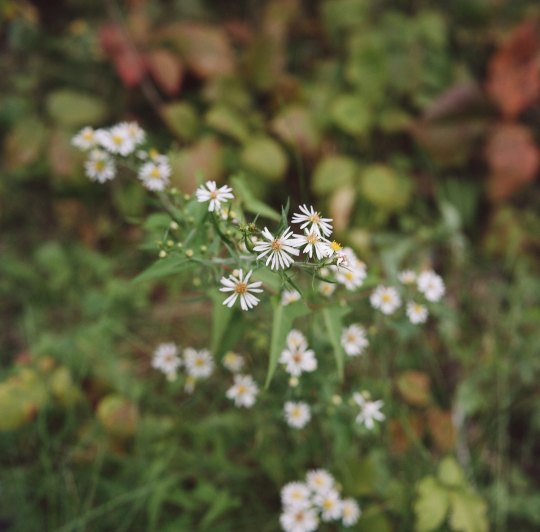

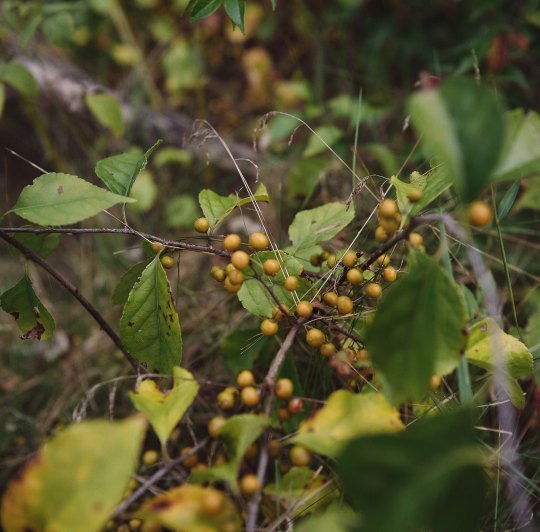
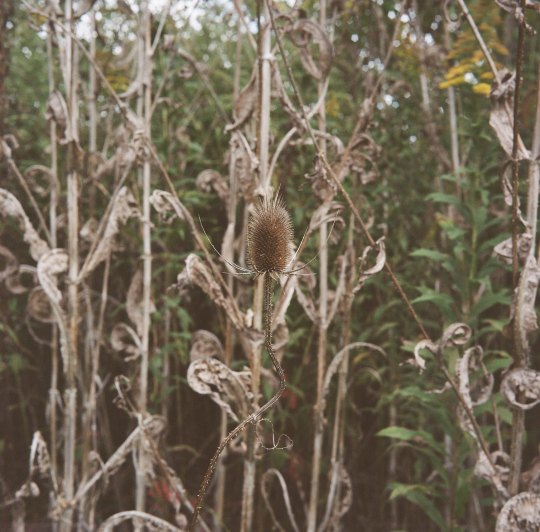
Rolleinar filter tests (2) (3) (4) (5) (6) by sebecker73
5 notes
·
View notes
Text
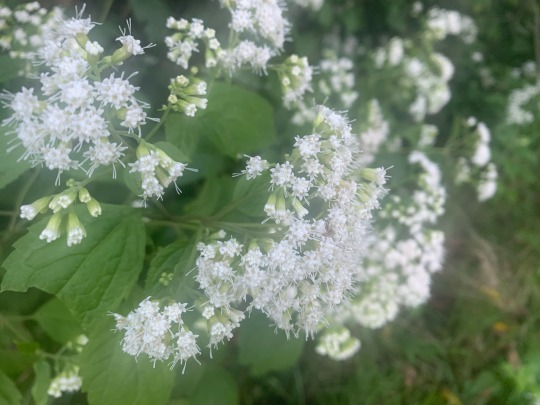
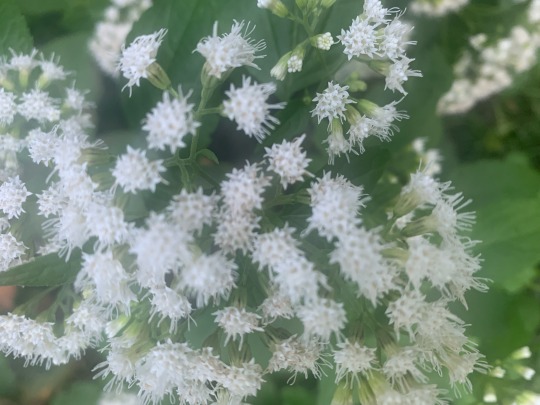
Looking at them feels like a dream 🤍🦋
#my photos#mine#personal#flowers#white flowers#white snakeroot#plants#nature#September#summer#autumn#photography#fairycore#faecore#coquette#angelcore#dreamcore#naturecore
15 notes
·
View notes
Text

White snakeroot, Ageratina altissima
2 notes
·
View notes
Text
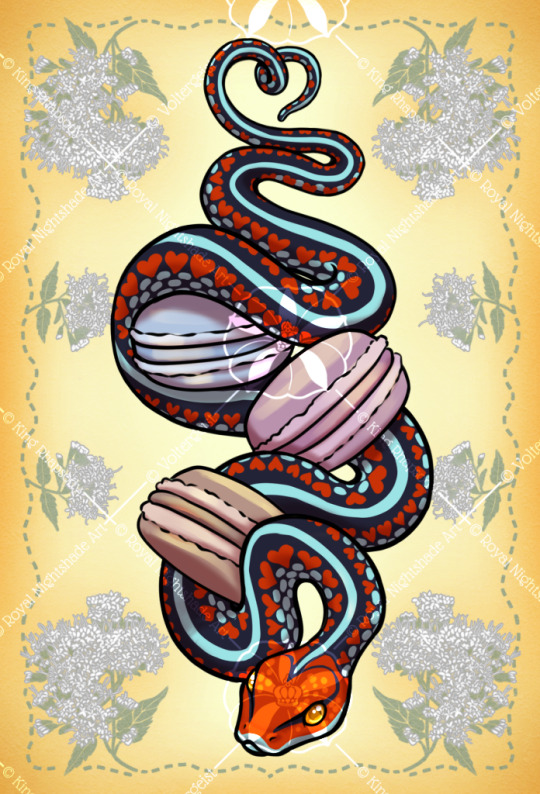
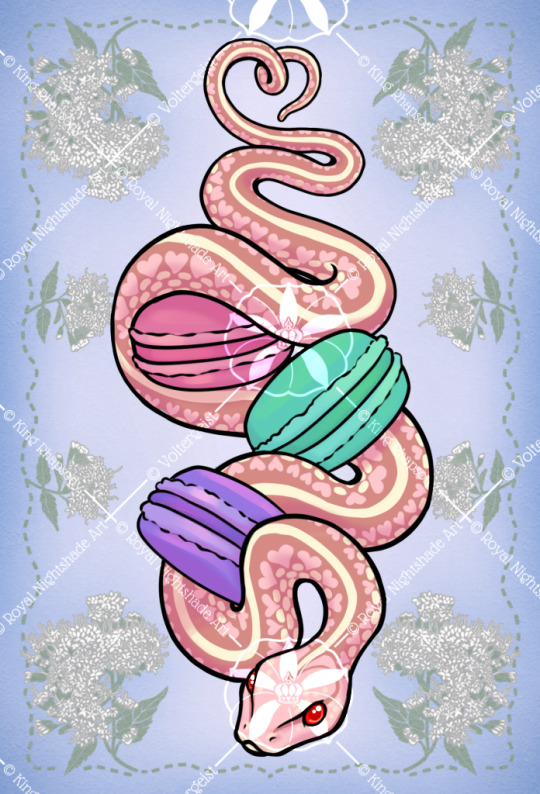
Snake Macarons
Postcard design of a garter snake with macarons being held in it's coils in two color variations. Art by @kingrhapsody
You can buy these original postcard sized prints at our store here.
#digital art#postcard#original design#snake#garter snake#macarons#white snakeroot#i wanted to draw something poison related but ended up with something really cute#QuelArt#Archive2022#rnart
9 notes
·
View notes
Text


1 note
·
View note
Text



I haven't been outside as much as I would like this summer, but I have noticed pokeberry plants growing in five different places around town. Here's the creek behind the neighborhood park.
#pokeweed#pokeberry#phytolacca americana#ageratina altissima#snakeroot#white snakeroot#riparian strip#i think that's what you call this#it's not exactly a#forest#nature#vegetation#my photos#photographers on tumblr
0 notes
Text



Only some of what’s blooming out front right now.
276 notes
·
View notes
Text





This time of year, the cedars are blanketed by the white flowers of the snakeroot. The magic of the woods works wonders even when I’m feeling low.
19 notes
·
View notes
Text

how does this keep happening to me .
3 notes
·
View notes
Photo
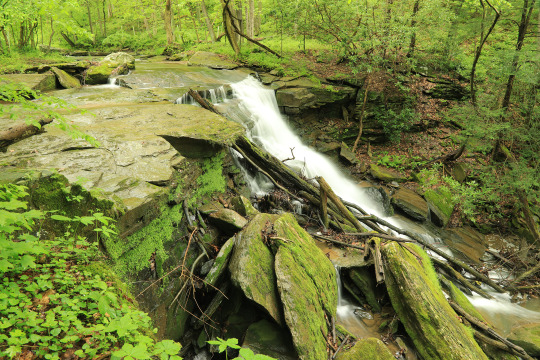
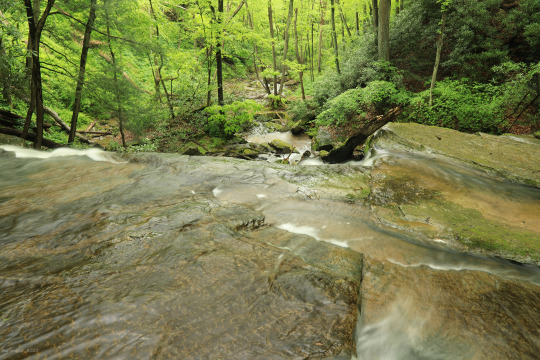
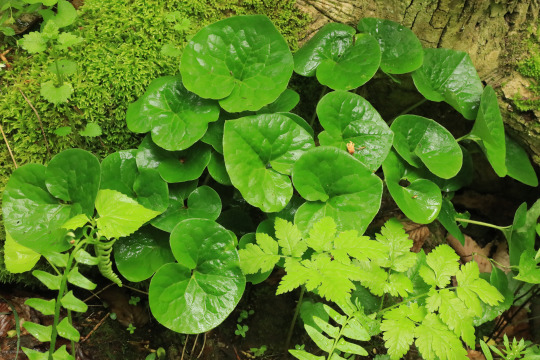
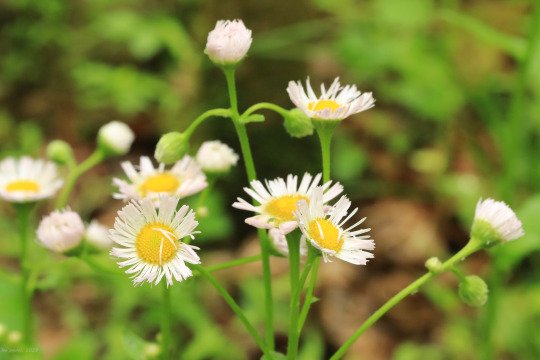
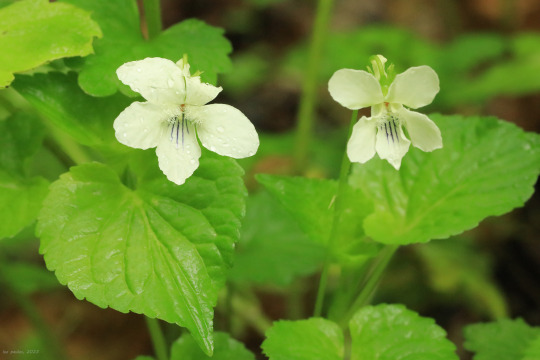
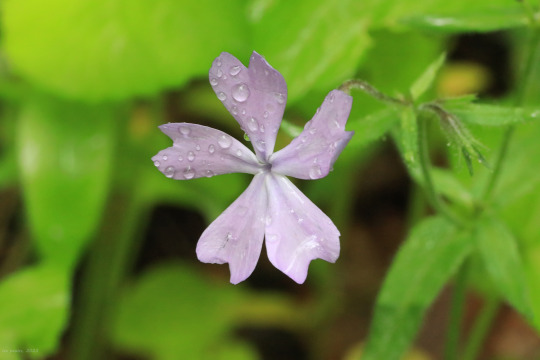
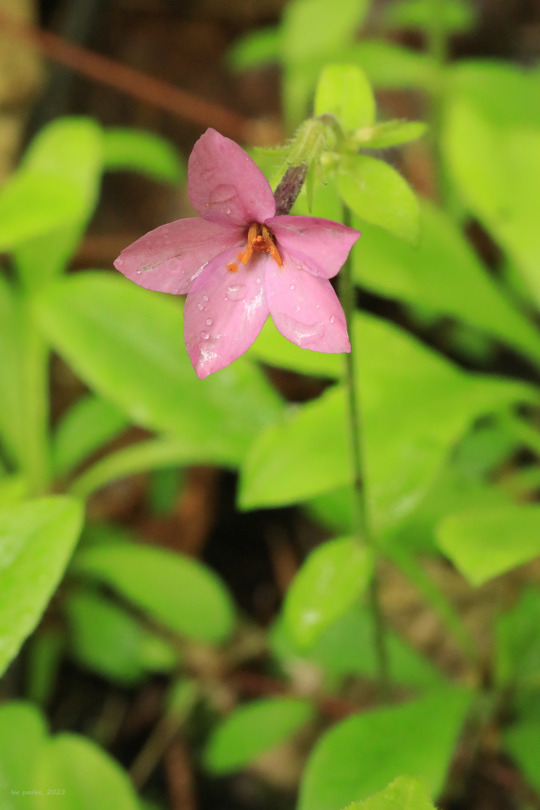
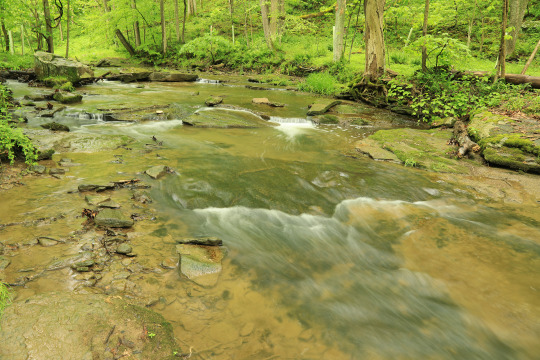
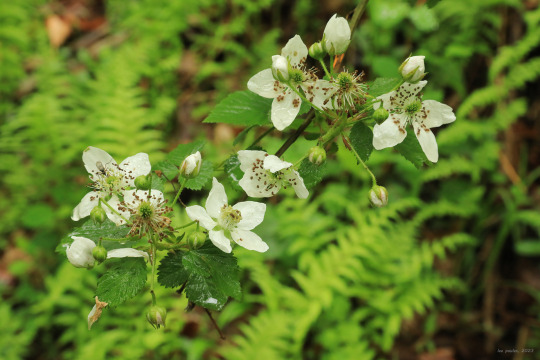
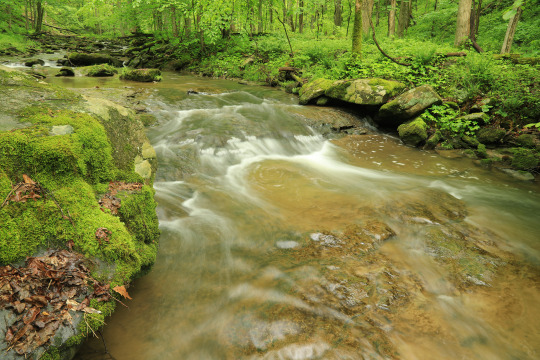
Part 2: After the Rain - Life in an Appalachian Temperate Forest.
From top: Wild ginger (Asarum canadense), also known as Canadian snakeroot; Philadelphia fleabane (Erigeron philadelphicus), a lovely spring aster deserving of a more dignified name; white wood violet (Viola sororia albiflora), a white variation of the common blue violet; woodland phlox (Phlox divaricata), also called wild blue phlox; creeping phlox (Phlox stolonifera), a mountain native and the most delicate and beautiful of Appalachia’s many wonderful phlox species; and Allegheny blackberry (Rubus allegheniensis).
#appalachia#vandalia#west virginia#toms run preserve#west virginia land trust#temperate forest#rain#intense green#flora#wildflowers#may#wild ginger#canadian snakeroot#phildaelphia fleabane#white wood violet#woodland phlox#wild blue phlox#creeping phlox#allegheny blackberry#common blackberry
457 notes
·
View notes
Text
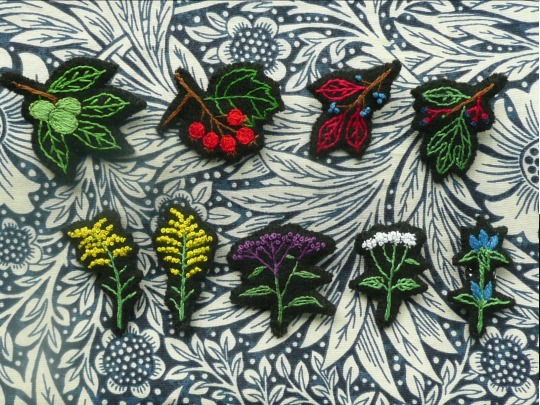
Late Summer field and forest edge flora:
Pawpaw, hawthorn, black gum, sassafras
Goldenrods, ironweed, white snakeroot, bottle gentian
636 notes
·
View notes
Text
Writing Reference: Poisonous Plants

Belladona - sweet but poisonous; its black berries can be deadly
Castor oil plant - each spiny capsule has 3 beans inside
Hemlock - all parts are toxic; the seeds contain the most poison
Lily of the valley - this pretty plant is highly poisonous
Manchineel - its dangerous leaves can cause blisters if touched
Oleander - its poisonous leaves are very bitter
Pong pong - its fruit contains a poisonous seed—eating it can kill a human in 2 days
Rosary pea - a single seed contains enough poison to kill an adult human
White baneberry - its bitter, white berries look like the eyes of a doll
White snakeroot - its toxic leaves poison the milk of cows that feed on them
Wolfsbane - its purple, helmet-shaped flowers give it its other name, “Devil’s Helmet”; the deadly sap of its leaves may cause a rash if touched
Yew - its toxic leaves can kill within hours if eaten; its harmless red berries hide poisonous seeds
NOTES
Many plants produce poisons to prevent them from being eaten. While some will cause only a stomachache, others can kill. You should never eat any part of a plant, unless an expert can confirm it is safe.
Throughout history, humans have known about the poisonous properties of certain plants and used them for deadly ends:
Belladonna was used to make poison-tipped arrows.
Hemlock is said to have been used to kill the great philosopher Socrates in ancient Greece.
Wolfsbane was rubbed on arrows for hunting wolves, and during Roman times, it was commonly used for murdering enemies.
Ricin, extracted from the castor oil plant, remains one of the most deadly poisons known today.
Although all the plants shown here are toxic to humans, some are harmless to animals. For example:
Birds can eat the berries of the white baneberry plant and yew without any ill effects. The birds then spread the seeds in their poo.
Iguanas are known to feast on the fruit and leaves of the toxic manchineel.
Source ⚜ More: Notes & References ⚜ Poison Ivy & Oak ⚜ Food Poisoning Poison ⚜ Fictional Poisons ⚜ Worksheet: Fictional Plant ⚜ Pain & Violence
#writing reference#writeblr#spilled ink#dark academia#writers on tumblr#literature#writing prompt#poets on tumblr#creative writing#fiction#writing inspiration#writing ideas#light academia#nature#plants#flowers#animals#gustav klimt#klimt#writing resources
204 notes
·
View notes